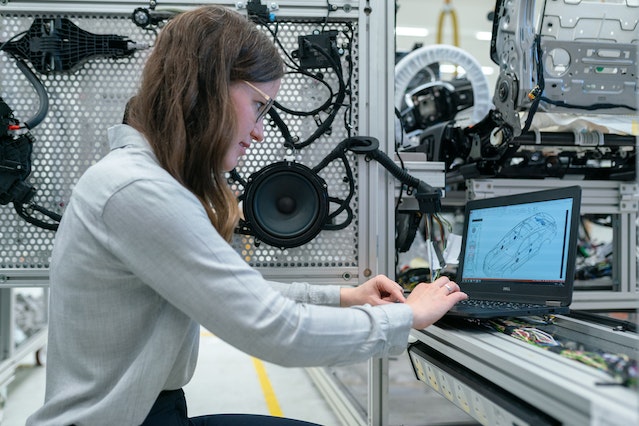Low voltage motor control centres (MCCs) are rather important in industrial power management. Unsung heroes behind the flawless running of innumerable machinery and operations are these small but mighty devices. Imagine a world in which these intelligent systems tirelessly in the background enable motors to run safely and effectively.
Anyone engaged in facility management or electrical engineering must first know what makes up an MCC. From their basic elements to their countless uses, there is much more than first glances reveal. So let’s explore the interesting realm of low voltage MCCs and see how they improve production while guaranteeing safety across several sectors.
Low Voltage MCC: Its purposes
The low voltage motor control centre are meant to regulate and safeguard electrical motors. Their central point of control for motor circuits guarantees effective operation.
Their main purposes are safe starting and stopping of engines. Depending on the system design, this operation can be automated or done manually.
MCCs also offer overload protection. Monitoring present levels helps them to avoid harm resulting from too heavy load situations.
Apart from power flow regulation, these centers enable simple access for maintenance and troubleshooting. Their design lets experts spot problems fast without causing any interruption.
Integrating several kinds of control devices, such sensors and relays, is another essential ability. These parts provide automation possibilities, thereby encouraging higher industrial process efficiency.
Low voltage MCCs also include necessary elements like fault detection systems and emergency shutdown systems, therefore ensuring compliance with safety criteria.

Advantages of Low Voltage MCC
Low Voltage Motor Control Centres (MCCs) have several main benefits that improve running performance. Their small form enables space-saving installations, offering one major advantage. In buildings with limited floor space especially this function is rather important.
The simplicity of upkeep offers still another benefit. Many times, low voltage MCCs feature modular components that ease replacements and repairs. This guarantees processes keep running without interruption, hence lowering downtime.
Safety comes first as well. Usually including sophisticated protective elements like overload relays and short-circuit protection, these centers protect staff members as well as equipment.
One especially important advantage is the energy economy. Low voltage MCCs can greatly reduce power usage over time by optimizing motor control algorithms, saving money on energy costs.
Their adaptability qualifies them for many industrial uses, ranging from manufacturing sites to water treatment plants—from which they easily fit different operating needs.
Typical Use and Applications for Low Voltage MCCs
Low voltage motor control centers (MCCs) are absolutely important in many different sectors. Manufacturing facilities extensively employ them to control electric motors running pumps, fans, and conveyors.
These systems effectively run HVAC equipment in business buildings. This guarantees best control of temperature and energy economy.
Low voltage MCCs are also essential for water treatment plants running pumps and aerators efficiently. Maintaining the fresh water supply depends on their dependability.
They also find uses in mining activities where exact motor control under challenging conditions is needed using heavy machines.
MCCs are used even in the renewable energy industry to control solar panel tracking systems and wind turbines. Their adaptability makes them indispensable in many disciplines.

Low Voltage MCC Maintenance and Troubleshooting Guide
Ensuring Low Voltage Motor Control Centres’ (MCCs) lifetime and efficiency depends on maintenance and troubleshooting. Frequent inspections help to avoid unplanned breakdowns that can cause disturbance of business processes.
Start with routine inspections. Look for indications of corrosion, wear, or any loose connections. This proactive method finds possible problems before they become more serious. Watch temperature changes; overheating might point to underlying issues.
Still another vital chore is cleaning. Accumulating dust and trash in MCC enclosures compromises performance and safety. Maintaining this cleanliness guarantees best airflow and operation.
Always start troubleshooting with reference to manufacturer recommendations first. Learn typical problem signs like alarms or tripped breakers. Many times, these hints clearly point to the current problem.
If you run across ongoing issues, think about calling a trained expert with low voltage system experience. Their knowledge will offer a more thorough understanding of difficult problems that might not be readily apparent with simple maintenance routines.
Thoroughly record every inspection and repair done on your MCC system. Maintaining thorough records helps future maintenance projects and offers valuable data should any issues develop down the road.
Stressing consistent maintenance schedules not only improves dependability but also helps to create safer workplace conditions and maximize operational uptime for the requirements of your facility.













Leave a comment